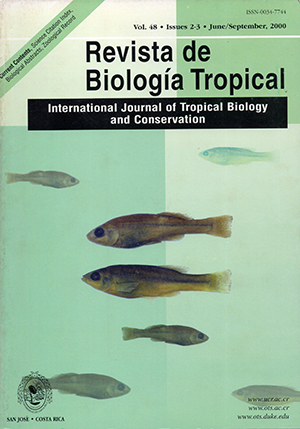Abstract
The octopus (octopus maya) is one of the most importantfish resources in·the Mexican Gulf of Mexico with a mean annual yield of 9000 ton, and·a "reasonablenumber of jobs created; O. maya represents 80% of the total octopus catch, followed by acto pus vulgaris. There are two artisanal fleets based on actopus maya and a middle-size fleet that covers both species. Catch-at-Iength structured data from the artisanal fleets, for the 1994 season (August 1st to December 15th) were used to analyze the a. maya population dynamics and stock and to estimate the current level of exploitation. Von Bertalanffy growth parameters were: Loo = 252 mm, mantle length; K=1.4 year·1; oscillation parameters C=l.O, WP=O.6; and tz=0.842 years. A rough estimate of natural mortality was M=2.2, total mortality from catch curve Z=8.77, and exploitation rate Frz=O.75. This last value suggests an intensive exploitation, even when yield per recruit analysis indicates both fleets may increase the mínimum legal size on about 10% to rncrease yields. The length-based VPA also shows that the stock is being exploited under its maximum acceptable biological limit. These apparently contradictory results are explained by biological and behavioral characteristics of this species. Because most females die after reproduction, a new gross estimation of natural mortality was computed as M=3.3. The new estimate of exploitation rate was FfZ=O.57. This new value coincides with results from the length-VPA and the Thompson and Bell methods, the forrner suggesting that a reduction of 20% infi shing mortality may provide larger yields. Thisfi shery resource is fully exploited and current management measures must be revised to sustain and probably optimize yields.Comments

This work is licensed under a Creative Commons Attribution 4.0 International License.
Copyright (c) 2000 Revista de Biología Tropical
Downloads
Download data is not yet available.






